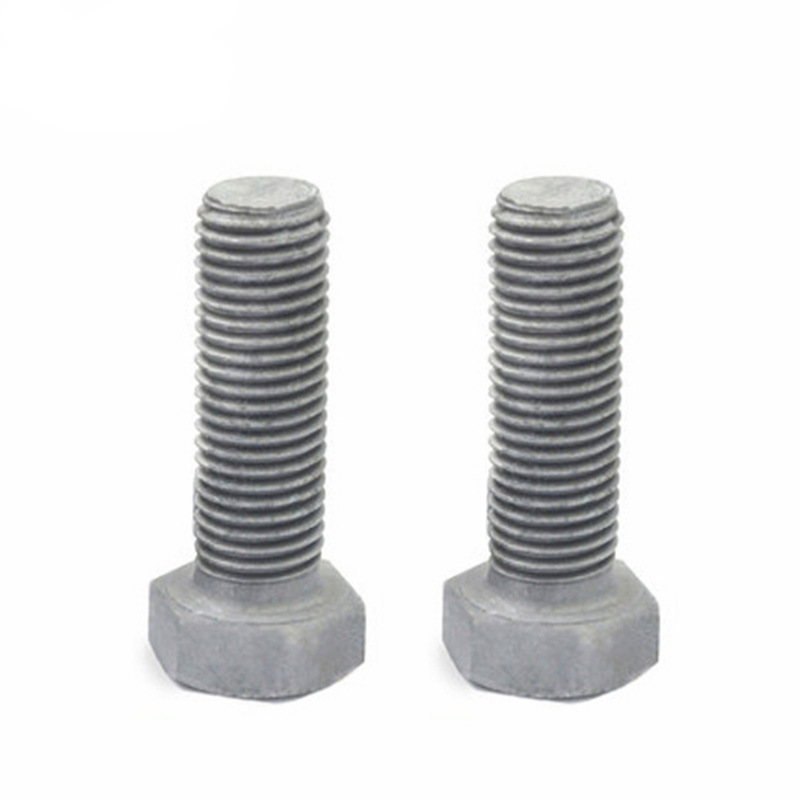

Inserting Self-Tapping Screws into Steel for Maximum Fastening Efficiency
Dec . 21, 2024 14:50 Back to list
Inserting Self-Tapping Screws into Steel for Maximum Fastening Efficiency
The Art of Using Self-Tapping Screws in Steel Applications
Self-tapping screws are essential fasteners used across various industries, particularly for applications involving steel. Their unique design allows them to create their own mating thread as they are driven into the material, providing a strong and secure hold without the need for pre-drilling. Understanding how to effectively use self-tapping screws in steel can significantly improve the quality and durability of your projects.
What Are Self-Tapping Screws?
Self-tapping screws are characterized by their sharp, pointed ends and spiral flutes. These features enable them to penetrate hard materials, including steel, without the need for an initial hole. They come in various types, such as thread-forming (which deform the material) and thread-cutting (which remove material). The choice between these types depends on the application and the thickness of the steel being used.
Advantages of Self-Tapping Screws
One of the key advantages of self-tapping screws is that they save time and labor costs. Unlike traditional screws that require separate drilling, self-tapping screws streamline the assembly process by eliminating extra steps. Additionally, their design ensures a secure grip, which is particularly important when fastening materials that may experience vibrations or fluctuating loads.
Moreover, self-tapping screws are available in various materials and coatings, allowing them to resist corrosion and wear. This versatility makes them suitable for both indoor and outdoor applications, where exposure to moisture and elements can compromise the integrity of traditional screws.
Installation Tips
When using self-tapping screws in steel, it's essential to follow certain best practices for effective installation
1. Choose the Right Screw Type Select the appropriate self-tapping screw based on the thickness and type of steel you are working with. Thicker steel typically requires screws with larger diameters and different thread designs.
self tapping screw into steel

2. Use the Correct Driver Ensure that your power drill or screwdriver is properly set. The torque settings should be adjusted according to the specific screw you are using to avoid stripping the head or breaking the screw.
3. Prepare the Steel Surface While self-tapping screws do not require pre-drilling, ensuring that the steel surface is clean and free of rust or debris can enhance the screw's grip and overall performance.
4. Maintain Steady Pressure When driving the screw, apply consistent pressure to help the screw bite into the steel properly. This will also reduce the chances of damaging the screw or the material.
5. Avoid Over-tightening It can be tempting to tighten the screw as much as possible; however, over-tightening can lead to stripping the threads or damaging the material. Find the balance where the screw is snug but not excessively tight.
Applications of Self-Tapping Screws in Steel
Self-tapping screws are widely used in various applications, such as
- Automotive Industry They are used to assemble car frames and body parts, where strength and reliability are crucial. - Construction In metal framing, HVAC installations, and when attaching metal sheeting, self-tapping screws provide efficient fastening solutions. - Manufacturing Many machines and appliances utilize self-tapping screws for internal components, ensuring stability and durability.
Conclusion
Self-tapping screws play a vital role in fastening steel components across multiple industries. Their ease of use, combined with their strength and versatility, makes them a preferred choice for both professionals and DIY enthusiasts alike. By understanding the proper techniques and applications for self-tapping screws in steel, one can ensure a secure and lasting installation that meets the demands of any project. Whether for automotive, construction, or manufacturing applications, mastering the use of these fasteners can lead to enhanced efficiency and quality in work.
Latest news
-
High-Strength Hot Dip Galvanized Bolts - Hebei Longze | Corrosion Resistance, Customization
NewsJul.30,2025
-
Hot Dip Galvanized Bolts-Hebei Longze|Corrosion Resistance&High Strength
NewsJul.30,2025
-
High-Strength Hot-Dip Galvanized Bolts-Hebei Longze|Corrosion Resistance&High Strength
NewsJul.30,2025
-
Hot Dip Galvanized Bolts-Hebei Longze|Corrosion Resistance&High Strength
NewsJul.30,2025
-
Hot Dip Galvanized Bolts - Hebei Longze | Corrosion Resistance, High Strength
NewsJul.30,2025
-
High-Strength Hot Dip Galvanized Bolts-Hebei Longze|Corrosion Resistance, Grade 8.8
NewsJul.30,2025

